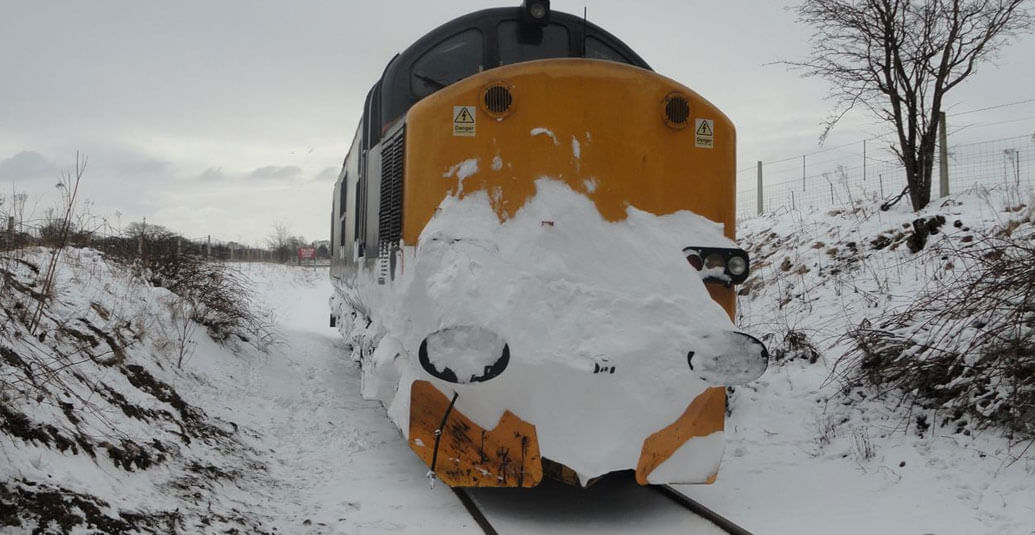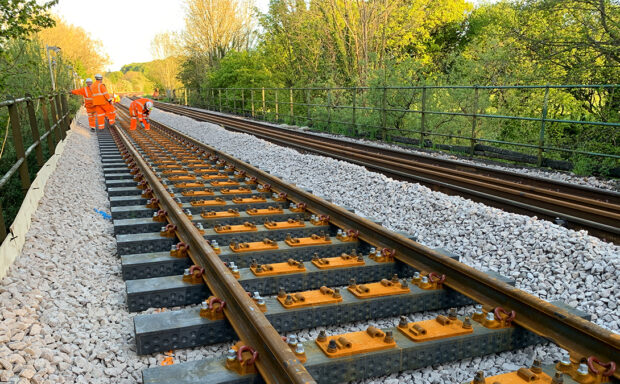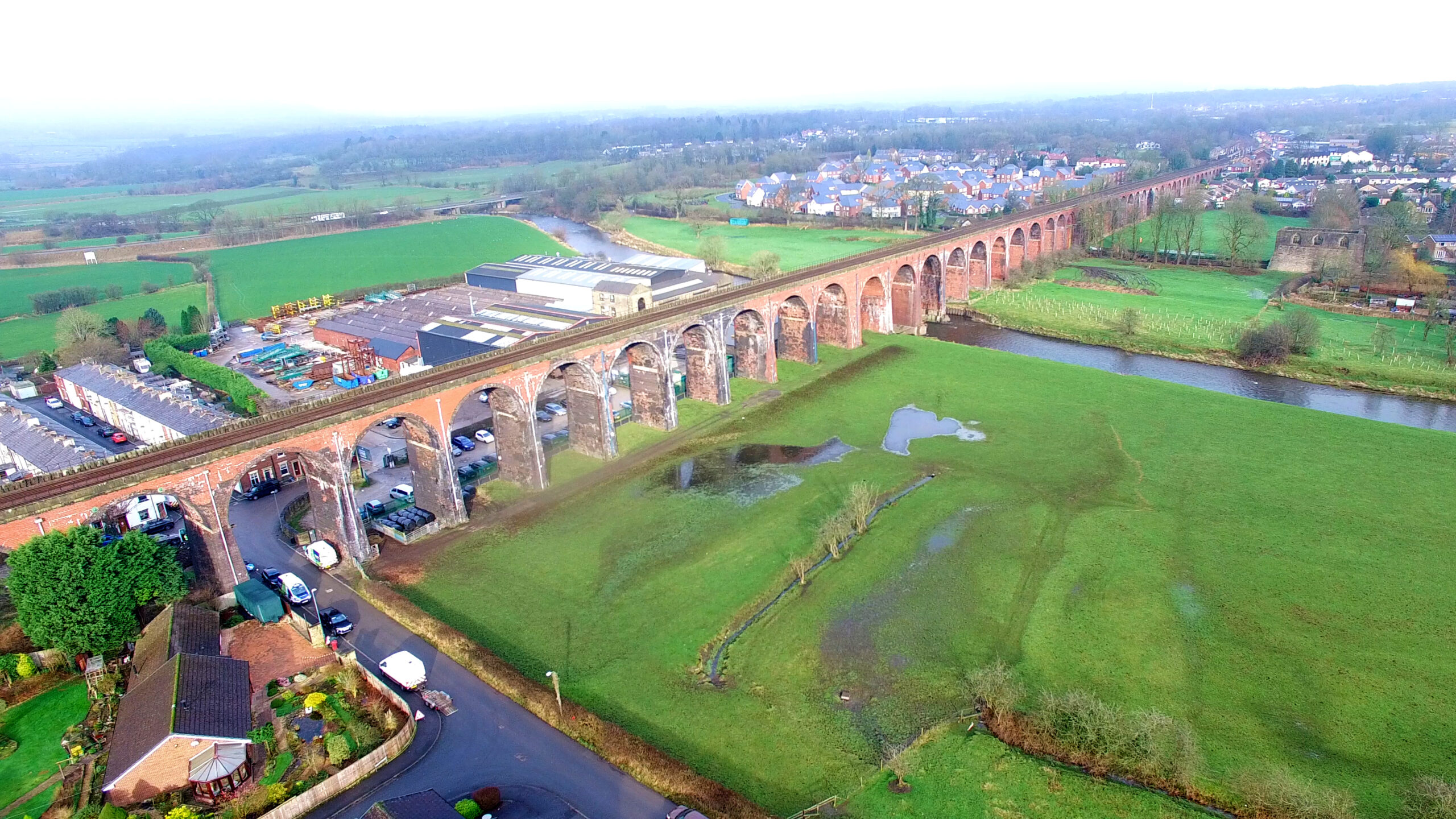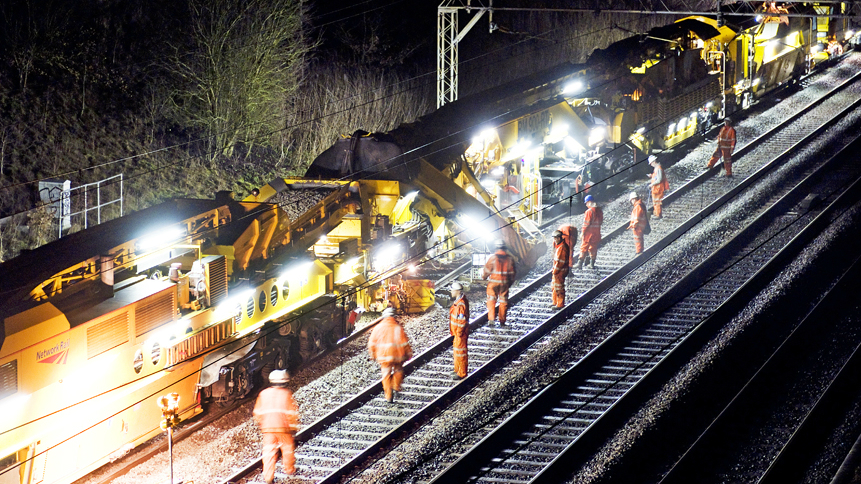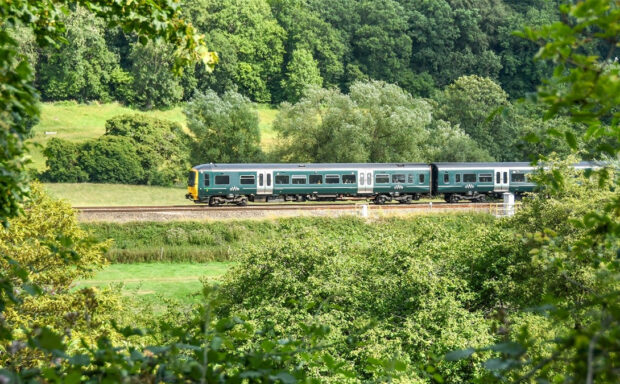With temperatures dropping across Britain, the rail industry is gearing up for winter.
Just like road and air travel, wintry weather can pose challenges for the rail network, with its effects ranging from speed restrictions on exposed routes, to suspension of services.
High winds can blow objects on to the line and heavy, prolonged rain can cause flooding and landslips. This means trains must stop until we have cleared the line and carried out a thorough safety inspection of the track.
Low temperatures can also cause points – movable sections of track that allow trains to move from one line to another – to freeze, stopping trains from accessing certain routes or platforms.
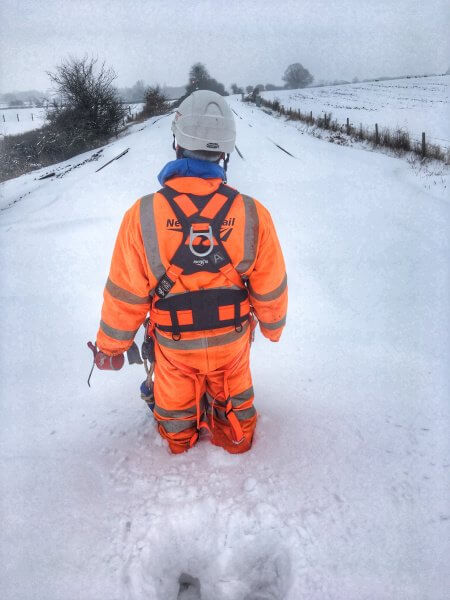
Andy Thomas, managing director of strategic operations at Network Rail said: “We work closely with train operators to minimise any impact on passenger services during winter weather such as snow and ice.
“When conditions are very serious, trains might have to slow down – just as a car would on a road – which can cause delays. This is so everyone can get where they need to go, safely.”
How we combat the cold
Network Rail operates a special winter fleet to clear snow and ice from the tracks to help keep passengers and freight operators moving. Our fleet includes snow ploughs, hot air blowers, steam jets, brushes, scrapers and anti-freeze.
We have fitted more than 100km of special heating strips to critical sections of the electrified third rail that powers trains in the south and south east of England.
These strips prevent ice from building up on conductor rails and minimise the risk of trains becoming stranded because they can’t draw the power they need to run.
We also use detailed weather forecasts to inform local action plans during adverse weather to minimise disruption to passengers. The forecasts cover not just the weather but how the conditions will impact on specific railway infrastructure such as the tracks, conductor rails and overhead power lines.
A network of hundreds of monitoring stations also provides real-time weather data, enabling us to respond to conditions as they develop in real time.
Our winter preparation measures include:
- Ten snow and ice treatment trains (SITTs) fitted with snow ploughs, hot air blowers, steam jets, brushes, scrapers and jets for heated anti-freeze and compressed air to quickly de-ice tracks.
- Heaters and NASA-grade insulation attached to points to prevent ice forming. We have also added protective covers to 4,000 points and 2,500 points motors to keep snow out and prevent damage by ice falling from trains.
- Thousands of our people patrol the tracks day and night clearing snow and ice from junctions and tunnels.
- Our remote temperature monitoring and a helicopter fitted with thermal imaging cameras identify points heaters that are not working effectively.
- Anti-icing fluid and heating strips are used on live conductor rails to prevent ice from building up and preventing trains from drawing power.
- Train companies run empty trains through the night to help keep tracks clear, and passenger trains can be fitted with snow ploughs to clear up to eight inches of snow, if it’s deeper, we send in our fleet of dedicated snow ploughs.
- Major routes most at risk have been fitted with fences that prevent snow blowing on to the tracks.
- In areas badly affected by ‘frost heave’ – where water in the ballast freezes, expands and moves the track – we have re-laid it using a shallower bed of ballast to reduce the movement.
5 things you didn’t know about our fleet
